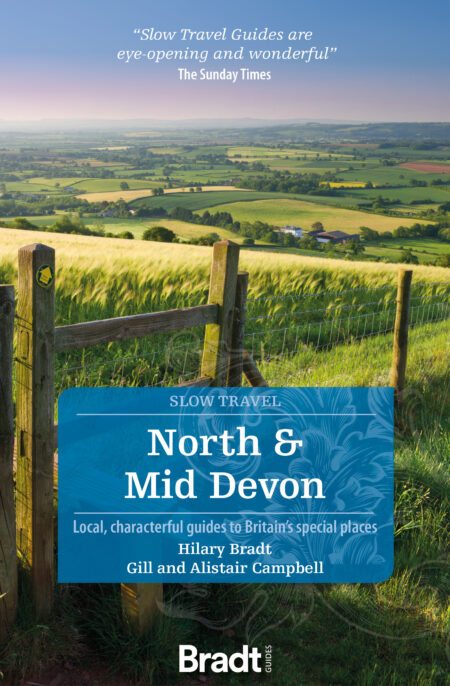Dotted around the region are some wonderful little churches with that hallmark of Devon, carved bench ends. Here are a selection of my favourites.
St Helen’s, Lundy
Lundy’s only church, south of the village, was built in 1896 and dedicated to St Helena.
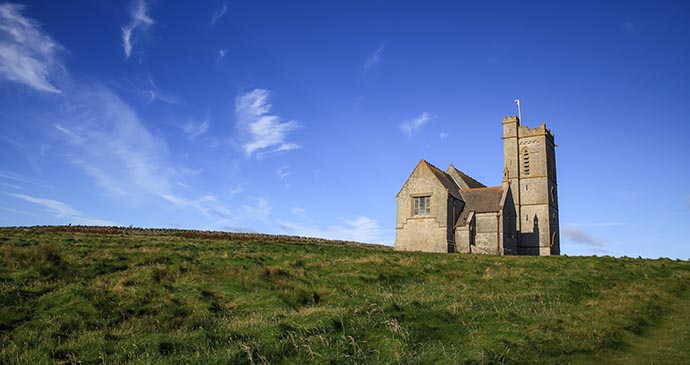
It has three fine high-relief alabaster carvings by the altar, depicting the Passover, the Last Supper, and the Scapegoat in the Wilderness.
Culbone
The little church of St Beuno is utterly enchanting: the smallest working parish church in the country and surely one of the most remote. Although the vicar and some parishioners can bounce and slither to it by Land Rover, for visitors the only access is on foot via the coastal path, a 2½-mile walk uphill from Porlock Weir.
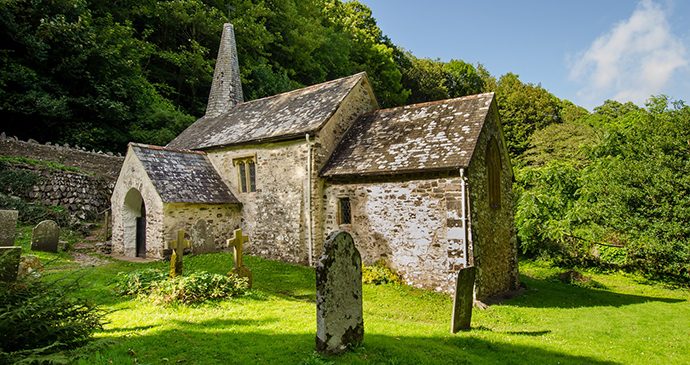
Legend has it that this is actually the top of the Porlock church spire that blew off in a gale and landed here. Or maybe was snapped off by a giant and placed here. An examination of the graveyard is rewarding, with the local family Red being well represented. Look out for the stone of Ethel Red; presumably always unready.
St Nicholas Chapel, Ilfracombe
Dating back as far as 1321, St Nicholas Chapel was built as a place of worship for the people of Ilfracombe local to its harbour.
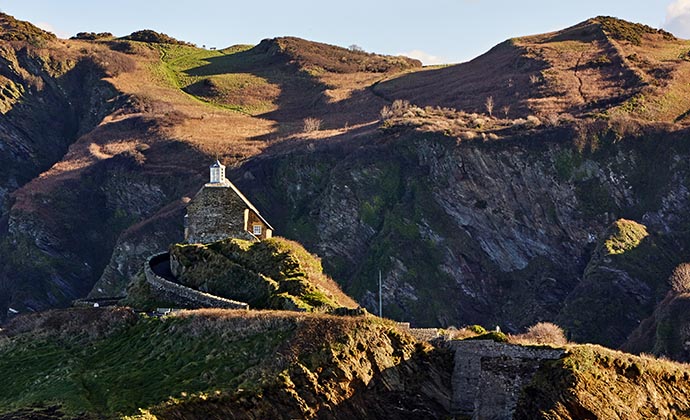
From the middle ages the chapel maintained a light to guide ships into the harbour and even today, the lighthouse still functions: ostensibly the oldest in the country.
Church of St Margaret and St Andrew, Littleham
Andrew Tregoning, the warden, gave me a guided tour of the church: ‘I’ll show you the walrus.’ Not an animal you expect to find carved into a church screen, but it was a pun on the name of the rector who, in 1892, took on the tremendous task of restoring the dilapidated church. His name was the Reverend George Morse, and morse (or something similar) is the Nordic name for walrus.
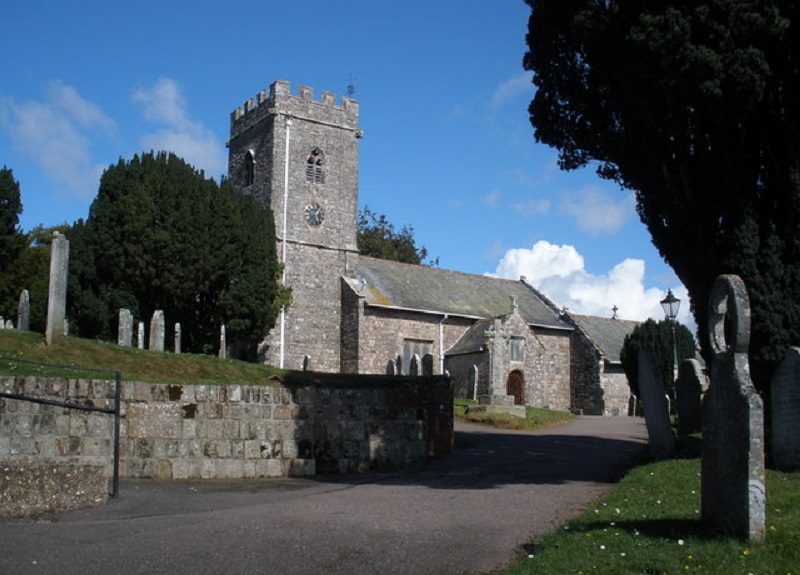
The bench ends are the first thing you notice on entering the church. Some of the subjects of these carvings defy description. There are men whose faces are starting to morph into foliage, some with long tongues (I guess) disappearing into some sort of vessel. And is that an eagle wearing a horned headdress? One can only agree with Andrew when he says ‘Of course a lot of the carvers were high on LSD’ (it is known that mould – ergot alkaloids – growing on rye bread could produce hallucinations).
St Peter’s, Tawstock
This extraordinary church illustrates the historical position of the local aristocracy in its community better than anywhere I know. Through the centuries the Earls of Bath could look down on the church in its lowly position and feel they had God just where they wanted Him.
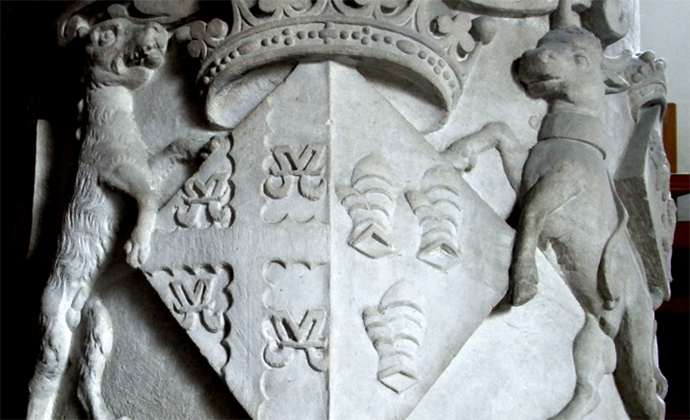
The most impressive memorial is to Henry Bourchier, the 5th Earl of Bath, who died in 1654. His giant sarcophagus is guarded by ‘dogs’ that spring from the pages of Harry Potter, with curly manes, menacing claws and oversized canines.
If you only see one church in North Devon, make it this one. No other is as rich in visual history inside and rural beauty in its setting.
St Michael’s, Horwood
Everywhere you look is something old, intriguing or beautiful. The bench ends are carved in high relief with a mixture of coats of arms, including a very sweet little horse rearing out of the water – the symbol of the Trevelyan family – saints and the initials of the pew owners. Soon you will realise that you are walking on words; almost every inch of the floor is occupied by old memorial slates, finely carved with skulls, angels and inscriptions.
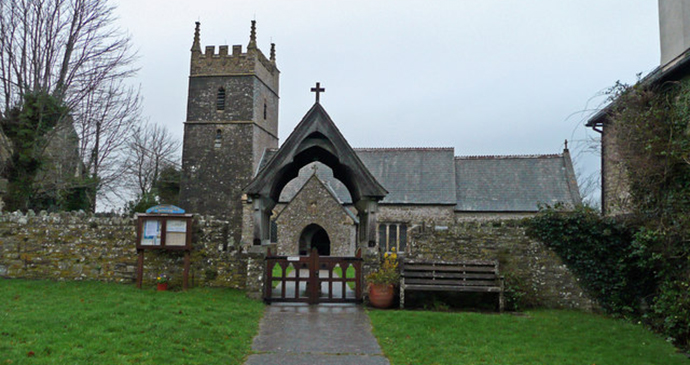
Where there is any space between the slates, there are equally old glazed tiles. Take a look at the carvings on the capitals (above the columns). Amongst the foliage are faces, some portraits of distinguished-looking men with beards, but others grotesque death heads. Another has a curious selection of angels and creatures that are part-human, part-beast including a winged figure with a lion’s body and human head and hands, and finally there’s a mermaid, impractically clad in baggy robes.
St Petrock’s, Parracombe
St Petrock’s church stands high above the village in eastern Exmoor with the fields of North Devon stretching to the horizon. It is cared for by the Churches Conservation Trust, having been saved from demolition in the 19th century. The squat tower is a landmark from the main road, the pinnacles looking as though they were added as an afterthought by a farmer. They’re more like slightly wobbly cairns than stone-mason’s art, and all the more charming for it.
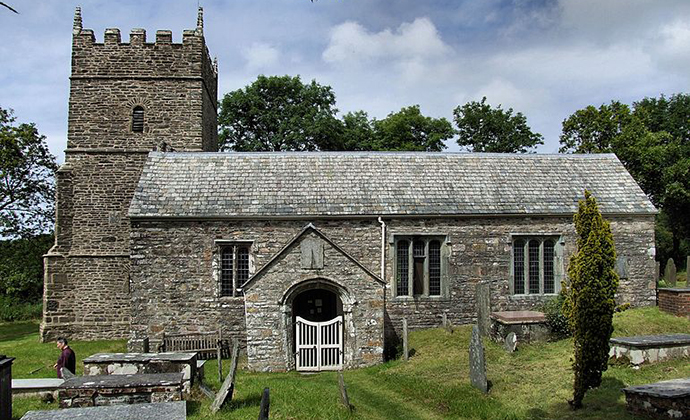
Inside, the church is plain and unadorned. No-one has ‘improved’ it, but it is clearly cared for and cared about. The plain box pews are rough with old woodworm, and at the back there’s a musicians’s area where a hole has been cut in the pew in front to allow free movement for the bow of the double bass. Note, too, the hat pegs by the door.
